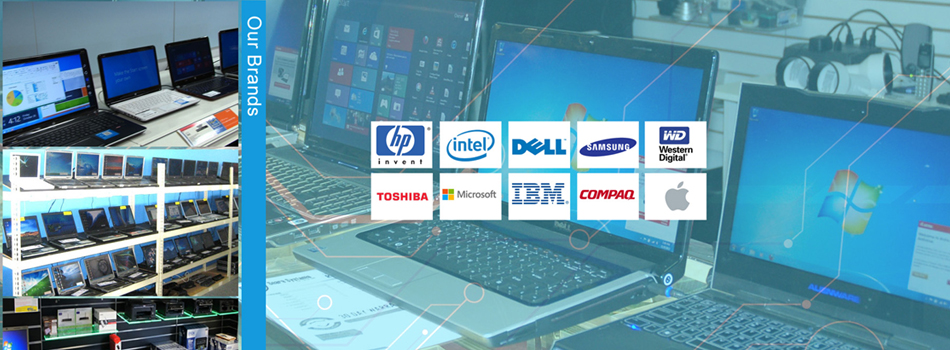The Benefits of Technology Standards
Experience has shown that good things happen when the right set of end-user technology standards are appropriately planned and applied. Tangible benefits can be realized across a broad spectrum, ranging from improved IT service quality, to lowered technology management costs, and more (as the list below demonstrates):
- By limiting the variety of hardware and software products in use, IT departments will have the opportunity to develop focused, in-depth product expertise, thereby improving the quality and responsiveness of essential technical support services.
- By limiting the variety of products in use, IT departments can better test and manage product compatibility, thereby reducing the number of platform conflict problems.
- Standardization can lower technology acquisition costs through volume purchasing, bringing discounted pricing, as well as greater leverage to negotiate more favorable maintenance and training contracts.
- With a focus on a specific set of technology products, the end-user community will have the opportunity to develop in-depth product expertise – to enhance operational productivity and maximize technology utilization.
- Standardization can minimize the risks associated with an uncontrolled technology portfolio, facilitating disaster recovery planning, software licensing management, and security management.
This list is impressive, but by no means guaranteed. Standardization is not the answer to every problem, and the best standards will amount to little more than “bureacracy” if not properly designed and implemented. Under certain circumstances, standards can also backfire, creating more problems than they solve. When standards are created simply for power and control, lacking sufficient flexibility, and without full consideration of business needs, in all likelihood, they will be bypassed. This help no one – not the business, not the end-users and certainly not the IT department.
Step by Step to Standards Planning
Step 1: Identify primary goals and objectives. What are your current needs and how will standards help you meet your goals and objectives? This analysis will form the basis for your standards justification needed to convince skeptical end-users and ambivalent managers.
Step 2: Identify requirements. What types of technology products (hardware and software) will be addressed by these planned standards?
Step 3: “One Size Probably Does Not Fit All”. Make sure you provide sufficient alternatives within any hardware or software product set, to accommodate different needs and preferences.
Step 4: Consider remote locations. Small satellite offices may have unique needs to which established standards may not apply. You may need to create new standards for remote sites or carve out appropriate exemptions.
Step 5: Be flexible. Create standards with sufficient flexibility, providing for a “waiver” process so that “non-standard” products can be utilized whenever needed.
Step 6: Involve end-users in the standards process. Establish a workable process for standards development and approval, which involves the end-user community.
Step 7: Communicate. Keep end-users sufficiently informed about all elements of the standards process. You will need to let end-users know how standards are selected, what the current standards are, how to request a waiver, and how to submit a desired product for standards review. You can do this through a newsletter, policy manual, new employee orientation, training session, or through any other marketing method available to you.
Step 8: Ask for feedback. Provide an open, publicized mechanism for feedback on your standards selections and related processes. The more buy-in and participation you get the better. At least people will be talking about the process, even if the standards themselves are in dispute.
Step 9: Enforce standards consistently. Standards will be meaningless if your end-users know that they can be easily ignored (or bypassed). If standards are to deliver expected benefits, you must have sufficient management support to enforce related policies and procedures. This level of management support will be easier to come by if you maintain open communications with your end-users, and if you are prepared to justify standards decisions with “facts and figures”.
Step 10: Integrate standards guidelines and purchasing procedures. Standards will be easier to control and maintain when they are supported by relevant purchasing procedures. If the IT department is responsible for technology acquisition, standards can be more readily enforced. However, depending upon organizational needs and considerations, it is not always feasible for the IT organization to carry the burden of order processing. In these cases, you might ask your purchasing department to forward non-standard purchase requests to IT for review.
Step 11: Don’t abdicate IT responsibility. If the only response given to a request for non-standardtechnology is “no”, you’ll just end up with a fair number of unsupported products and a whole lot of finger pointing. Collaborative approaches are far more effective, to work with end-users and to find acceptable solutions to unique technology needs.




